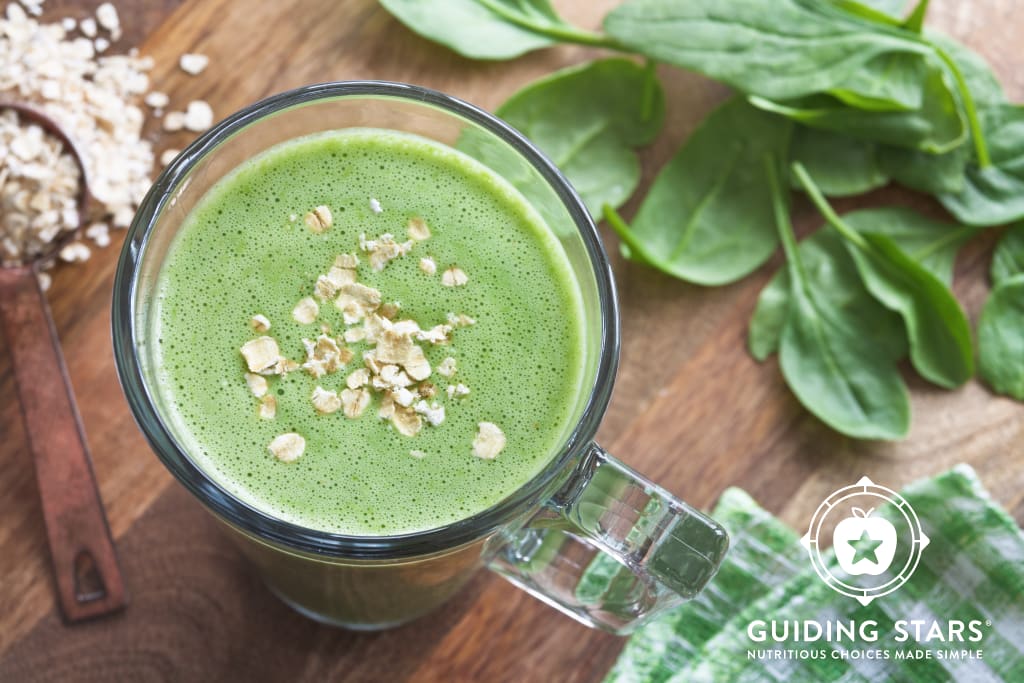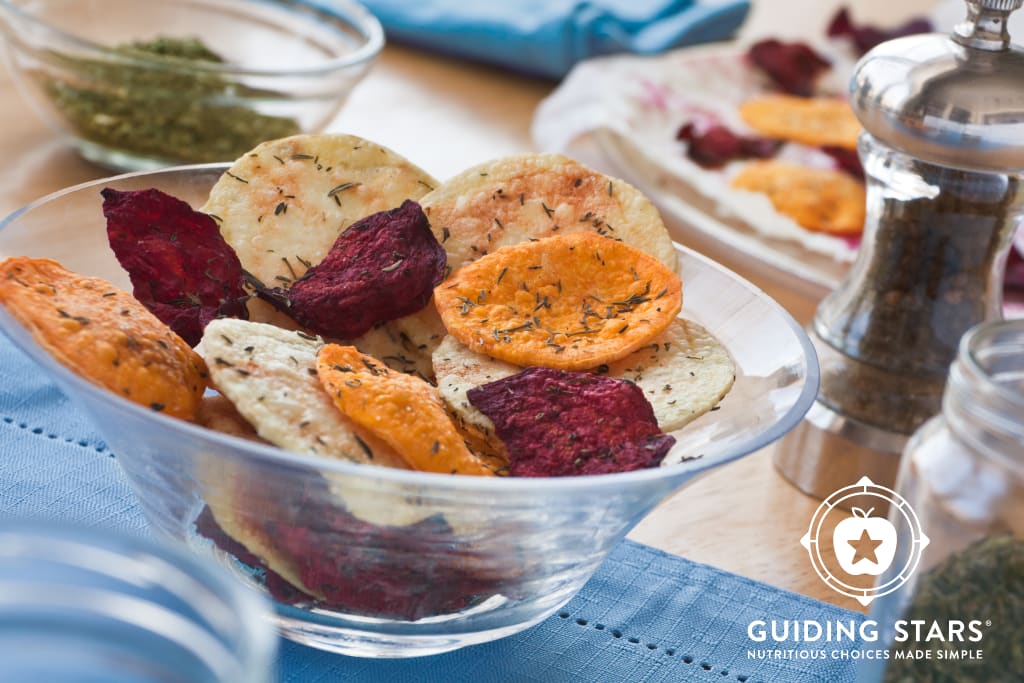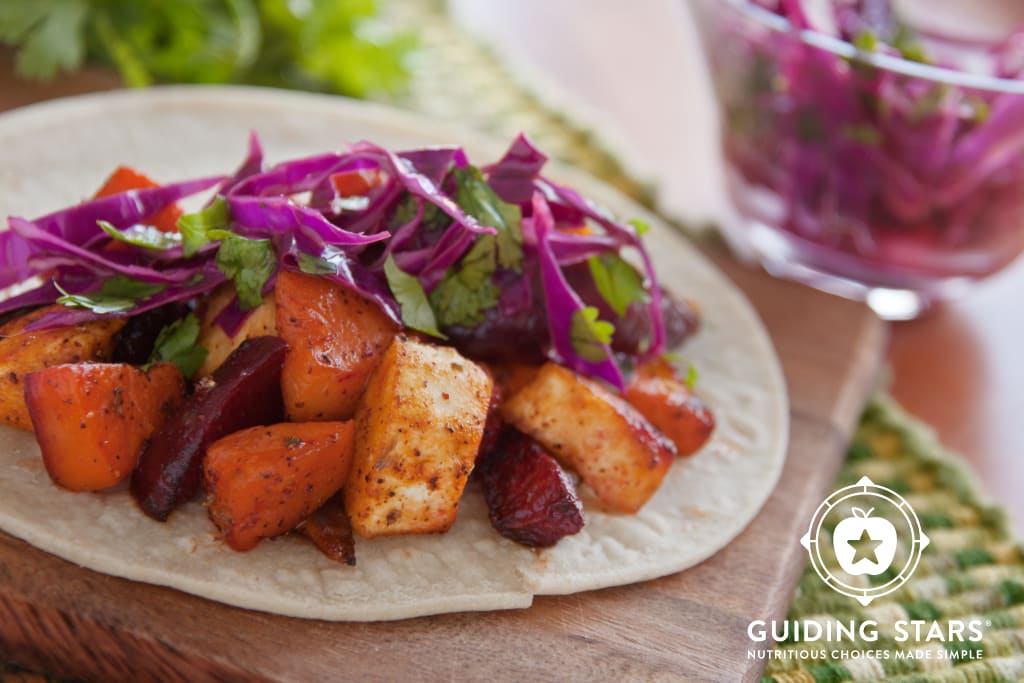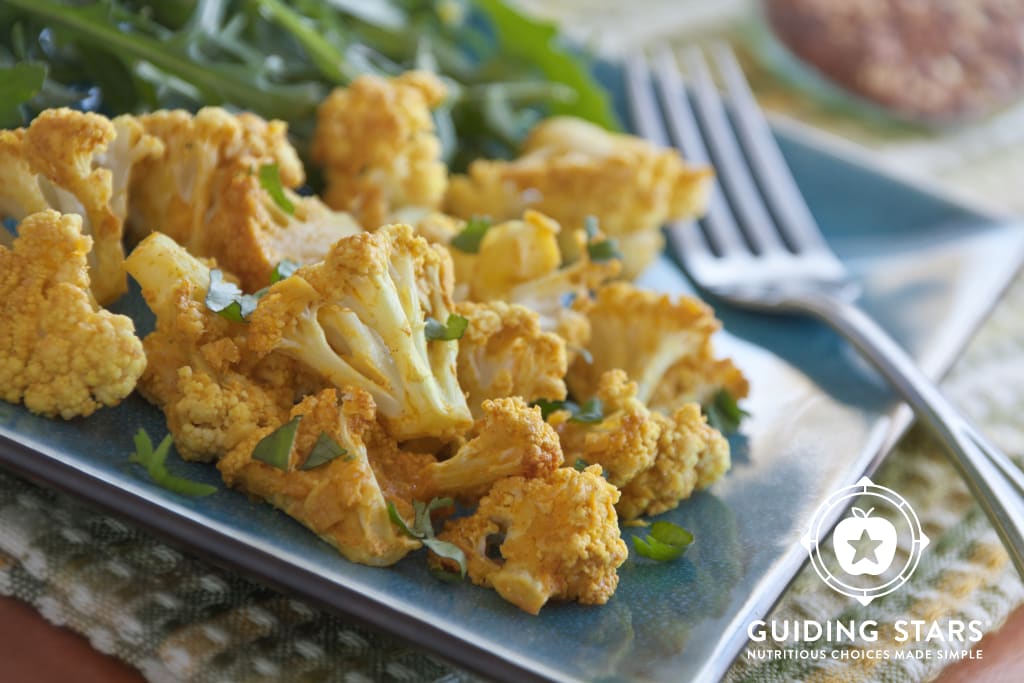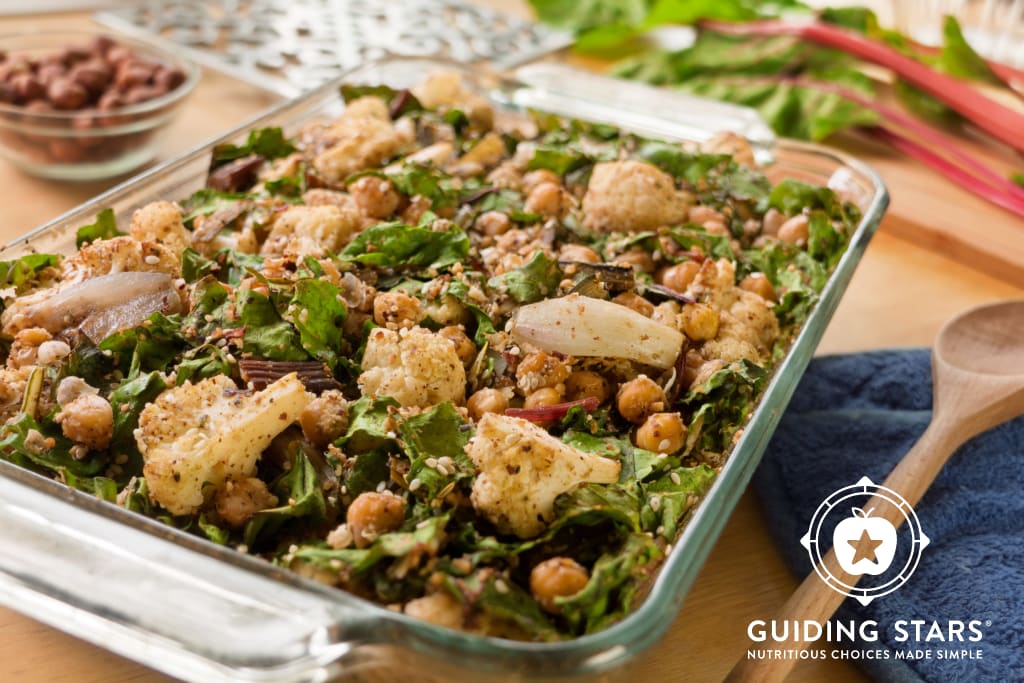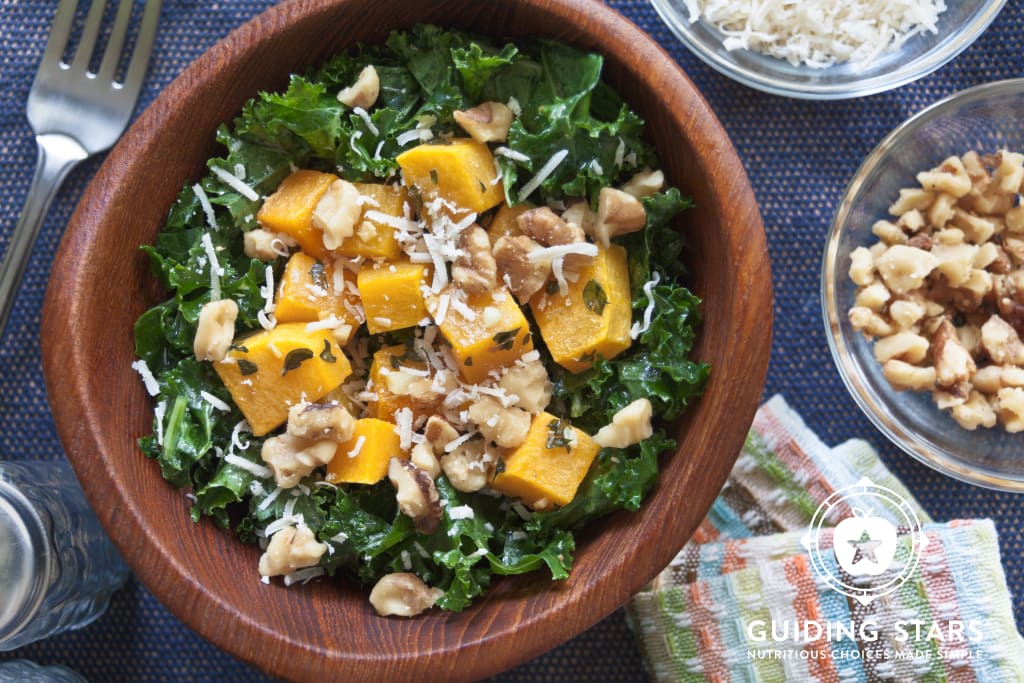
Was your garden planting a bit overenthusiastic in places? Do you find yourself struggling to use up one or two veggies? It happens, and I am here to help. Last week we discussed preserving methods that also preserve nutrition. Next week we’ll talk swap-portunities. This week, let’s talk culinary experimentation.
When I’m trying to use up a vegetable I am getting tired of, I think about my opportunities for change in terms of temperature, texture, and taste.
Temperature
Heat is one of the essential shapers of our food experience. Getting a too-cold bite in the middle of a grilled sandwich can be jarring. A drink that’s come up to room temperature when you want something ice cold is disappointing. We’re all familiar with the switch from a negative perspective. A jarring experience, however, is noteworthy because it’s unexpected. And sometimes, it can even be harnessed to generate surprise and delight.
Kale Salad with Roasted Winter Squash
This delicious salad is meant to be served warm, but why not try it cold as leftovers?
View recipe »Melissa’s Green Breakfast Smoothie
I freeze my kale, that’s how cold I like this. But warm smoothies are a thing, and if you like them, this one would work warm.
View recipe »Texture
Texture is generally a product of your cooking process. Blenders, obviously, tender to give foods a smooth texture. Raw is mostly equated with crunchy and cooked with soft in the vegetable world. Unless you’re making chips, in which case, very crunchy is the end game of cooking,
Microwave Veggie Chips
Root veggies can be turned crunchy with a mandolin slicer and a few minutes in the microwave.
View recipe »Roasted Root Tacos
Root vegetables roasted to perfect tenderness make an amazing filling for tacos.
View recipe »Taste
Vegetables do have flavor in their own right, but those flavors are frequently mild. Mild means malleable. Go globetrotting through your spice cupboard and explore regions untested. Try out curry pastes, spice blends, various oils, and new sauces. This is one area where you can run into challenges for nutrition. Keep in mind that sauces can be high in added sugars and sodium, and not all oils are created equal.
When you’re shopping seasoning at the store, look for one, two, or three Guiding Stars on the tag to choose the most nutritious options. When you’re cooking at home, work with no-salt spice blends to reduce sodium in your diet. Choose cooking fats that are liquid at room temperature to keep your saturated fat lower.
Indian Roasted Cauliflower
This delicious roasted cauliflower is a great side and uses a tandoori spice blend of Indian descent.
View recipe »Roasted Cauliflower with Dukkah
This is another roasted cauliflower recipe, but using dukkah, an Egyptian spice blend, its character is entirely different.
View recipe »